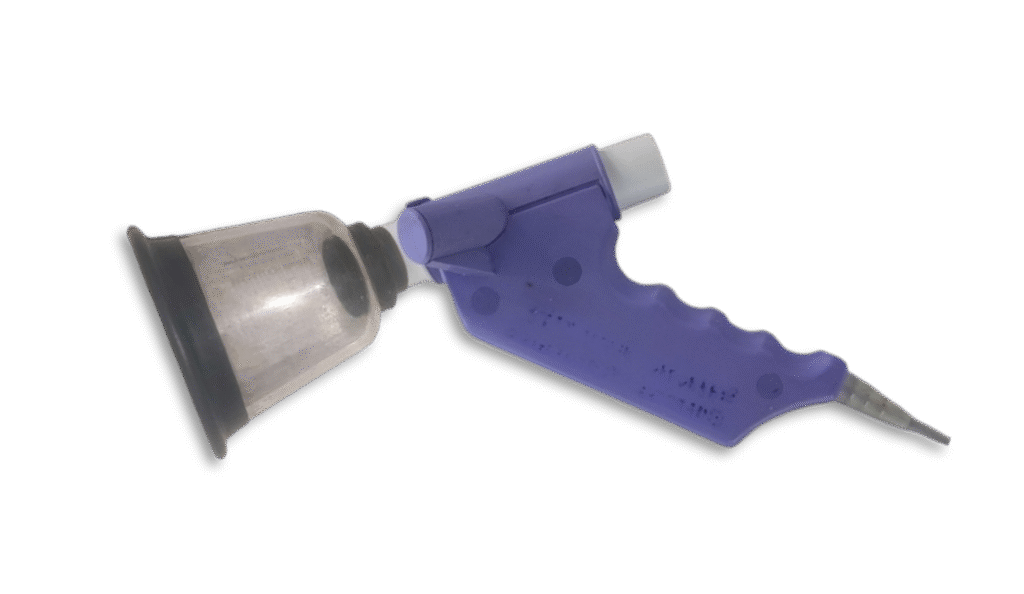Background
Respiratory disease, especially aspergillosis, is one of the major health risks for penguins in human care. Current diagnostic tools (e.g., blood protein analysis or CT scans of air‐sac volume) are often invasive. By contrast, spirometry which is already widely used in human medicine and emerging as a diagnostic tool for marine mammals, offers a non-invasive way to measure respiratory parameters. However, reliable interpretation depends on species-specific reference values, which have never been defined in detail for gentoo penguins.


Aims
- Establish baseline values for key respiratory parameters (tidal volume, respiratory flow, breathing frequency, and breath duration)
- Analyze how these parameters vary with body mass
- Investigate age-related differences in adult penguins